-
 Bitcoin
Bitcoin $112400
0.86% -
 Ethereum
Ethereum $4509
-0.37% -
 XRP
XRP $2.968
-0.52% -
 Tether USDt
Tether USDt $0.9999
-0.02% -
 BNB
BNB $876.4
2.10% -
 Solana
Solana $214.3
4.69% -
 USDC
USDC $0.9998
-0.01% -
 Dogecoin
Dogecoin $0.2241
1.86% -
 TRON
TRON $0.3447
-0.45% -
 Cardano
Cardano $0.8586
0.25% -
 Chainlink
Chainlink $25.26
5.76% -
 Hyperliquid
Hyperliquid $45.95
-3.38% -
 Ethena USDe
Ethena USDe $1.001
-0.01% -
 Sui
Sui $3.491
0.92% -
 Stellar
Stellar $0.3830
0.57% -
 Cronos
Cronos $0.3333
27.15% -
 Bitcoin Cash
Bitcoin Cash $557.0
0.74% -
 Avalanche
Avalanche $24.75
0.77% -
 Hedera
Hedera $0.2406
0.46% -
 UNUS SED LEO
UNUS SED LEO $9.561
-0.08% -
 Litecoin
Litecoin $113.8
0.74% -
 Toncoin
Toncoin $3.187
1.26% -
 Shiba Inu
Shiba Inu $0.00001264
0.86% -
 Polkadot
Polkadot $3.995
3.37% -
 Uniswap
Uniswap $10.04
1.61% -
 Dai
Dai $0.9999
-0.01% -
 Bitget Token
Bitget Token $4.603
-0.87% -
 Monero
Monero $269.4
-1.07% -
 Aave
Aave $317.5
-1.55% -
 Ethena
Ethena $0.6731
10.25%
How does Gemini compare to Kraken?
Gemini, a regulated trust, prioritizes compliance and security, while Kraken offers broader trading features and liquidity, appealing to active traders.
Aug 29, 2025 at 07:42 am
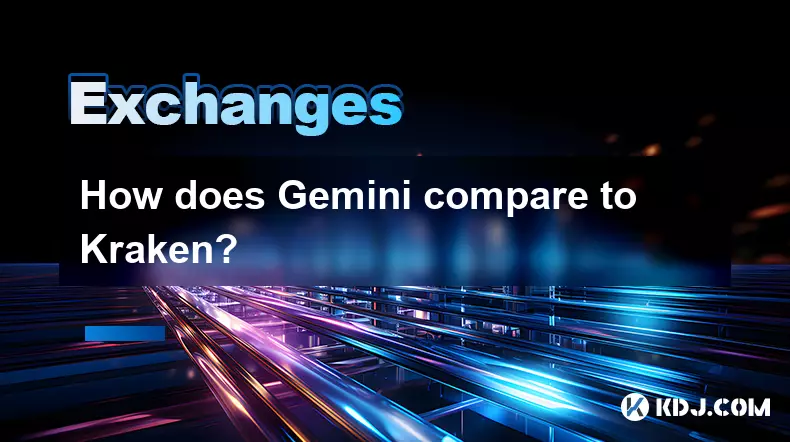
Gemini vs Kraken: Exchange Structure and Regulatory Approach
1. Gemini operates under a New York Trust Charter, which grants it the status of a regulated trust company. This allows the platform to hold custody of digital assets under strict compliance with state financial regulations. The exchange emphasizes its adherence to U.S. banking laws and routine audits as part of its transparency framework. Its regulatory posture appeals to institutional investors and users prioritizing legal compliance.
2. Kraken, while also based in the United States, functions as a money services business registered with FinCEN. It has pursued licensing in multiple jurisdictions but does not hold a trust charter like Gemini. Instead, Kraken focuses on engaging with regulators through advocacy and compliance programs. The exchange has worked with state regulators to expand its availability across the U.S., including obtaining approvals in states with stringent requirements.
3. The difference in legal structure affects how each exchange manages customer funds. Gemini segregates client assets and maintains them in insured accounts where possible. Kraken also isolates customer holdings but relies more on third-party custodians and cold storage solutions. Both platforms publish proof-of-reserves, though Gemini integrates its reports with independent accounting firms more frequently.
4. Regulatory scrutiny has impacted both platforms differently. Gemini faced challenges related to its Earn program, which drew legal action from the SEC over unregistered securities. Kraken resolved a similar case by terminating its staking program and paying a fine, highlighting divergent enforcement outcomes despite comparable offerings.
Trading Features and Asset Availability
1. Gemini supports a curated selection of cryptocurrencies, prioritizing established and compliant tokens. The exchange regularly evaluates new listings based on legal, technical, and market criteria. This cautious approach limits the number of available trading pairs but reduces exposure to volatile or questionable projects. Users seeking simplicity and vetted assets often prefer Gemini’s streamlined interface.
2. Kraken offers a broader range of digital assets, including mid-cap and emerging tokens. It provides multiple trading tiers, from beginner-friendly options to advanced tools with margin and futures trading. The platform supports spot, futures, and perpetual contracts across dozens of cryptocurrencies, catering to both retail and professional traders.
3. Order types differ significantly. Gemini provides basic market and limit orders with limited algorithmic functionality. Kraken enables stop-loss, take-profit, trailing stops, and OCO (one-cancels-other) orders, giving traders greater control over risk management. These features are accessible through Kraken’s Pro interface, which mirrors traditional trading platforms in layout and execution speed.
4. Liquidity levels reflect their market positioning. Kraken consistently ranks among the top exchanges by trading volume, especially in BTC/USD and ETH/USD pairs. Gemini maintains adequate liquidity for standard trades but may experience slippage during high volatility due to lower overall volume.
Fees and User Experience
1. Gemini uses a tiered fee model based on 30-day trading volume. Fees range from 0.40% for low-volume traders to 0.10% for high-volume participants. The exchange does not offer maker rebates, meaning liquidity providers pay the same or higher rates than takers. This structure benefits casual users but discourages market makers. The mobile app emphasizes security and ease of use, integrating biometric authentication and withdrawal safeguards.
2. Kraken employs a traditional maker-taker model with fees decreasing as volume increases. Makers can receive rebates as low as -0.10%, while takers pay up to 0.26%. High-volume traders on Kraken Pro benefit from reduced costs and API-driven execution. The platform also supports fee discounts for users holding Kraken’s native token, though it does not have a widely traded utility token like some competitors.
3. User interface design reflects their target audiences. Gemini’s platform is minimalist, guiding new users through buying, storing, and earning crypto with minimal complexity. Kraken’s interface scales from simple buy/sell functions to complex charting tools, order books, and API integrations suitable for algorithmic strategies.
4. Customer support responsiveness varies. Gemini offers email and help center resources with limited live assistance. Kraken provides 24/7 live chat, phone support, and an extensive knowledge base, contributing to higher user satisfaction in service-dependent scenarios.
Frequently Asked Questions
Which exchange offers better security for long-term crypto storage?Both exchanges utilize cold storage and multi-signature wallets. Gemini’s status as a trust company means it undergoes regular financial audits and maintains insurance coverage for digital assets. Kraken also insures holdings and publishes cryptographic proof-of-reserves. The choice depends on whether users prioritize regulatory-backed custody or operational transparency.
Can U.S. users access advanced trading tools on both platforms?Advanced tools are more developed on Kraken. Users can engage in margin trading, futures, and use sophisticated order types. Gemini does not offer leveraged products or derivatives, focusing instead on spot trading and yield programs where available.
Do either of these exchanges have native tokens?Neither Gemini nor Kraken has launched a widely used native exchange token. Gemini previously explored tokenization through GUSD, a regulated stablecoin, while Kraken has not introduced a platform-specific utility token despite industry trends.
How do withdrawal processes differ between the two?Withdrawal verification on Gemini includes timed delays and multi-step approvals to prevent unauthorized transfers. Kraken allows faster processing with configurable security settings. Users can set up pre-approved addresses and adjust withdrawal limits based on account tier and verification level.
Disclaimer:info@kdj.com
The information provided is not trading advice. kdj.com does not assume any responsibility for any investments made based on the information provided in this article. Cryptocurrencies are highly volatile and it is highly recommended that you invest with caution after thorough research!
If you believe that the content used on this website infringes your copyright, please contact us immediately (info@kdj.com) and we will delete it promptly.
- Blockchain, GDP Data, Transparent Future: A New Era of Economic Reporting?
- 2025-08-29 11:05:12
- BlockDAG's 15,000 TPS and Execution-Driven Model: A Crypto Game Changer?
- 2025-08-29 11:25:15
- SHIB Price, Trading Volume, Cryptocurrency: Riding the Whale Waves
- 2025-08-29 09:25:17
- Tapzi: GameFi's Rising Star Offering Altcoin Returns
- 2025-08-29 08:45:16
- XRP Price, Large Transactions, Record Volume: What's the Buzz?
- 2025-08-29 07:05:12
- Trump Price Rebounds: Canary Capital's Spot TRUMP ETF Sparks Frenzy
- 2025-08-29 07:05:12
Related knowledge
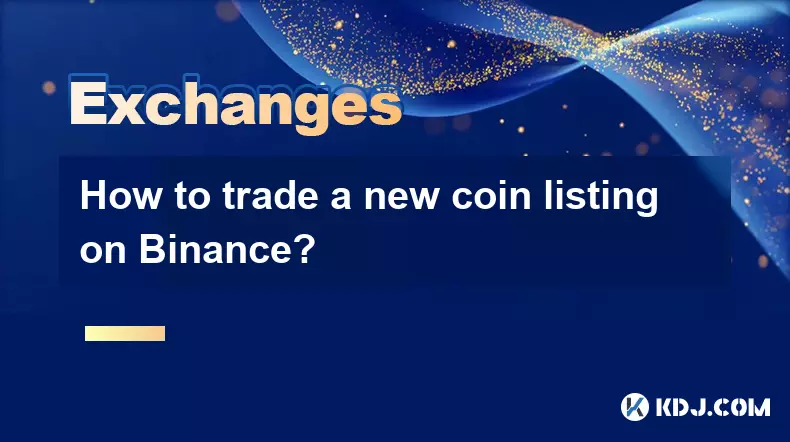
How to trade a new coin listing on Binance?
Aug 29,2025 at 11:14am
Understanding the Pre-Listing Phase1. Research the project thoroughly before any listing announcement. Whitepapers, team backgrounds, and community se...
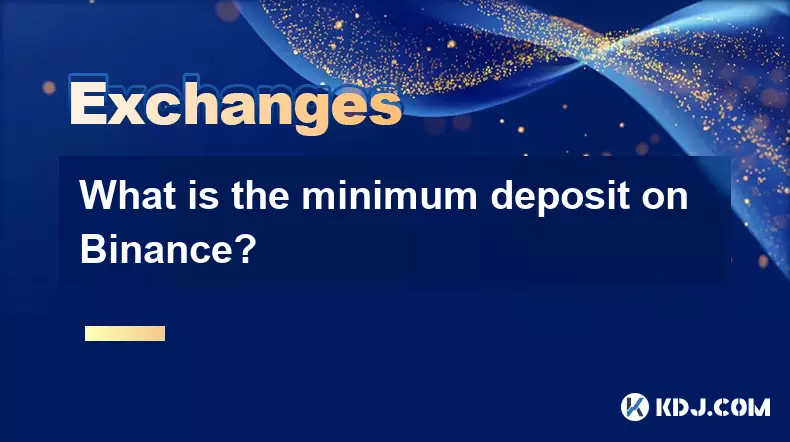
What is the minimum deposit on Binance?
Aug 29,2025 at 01:01pm
Understanding Binance Deposit Requirements1. The minimum deposit on Binance varies depending on the cryptocurrency being deposited. Each digital asset...
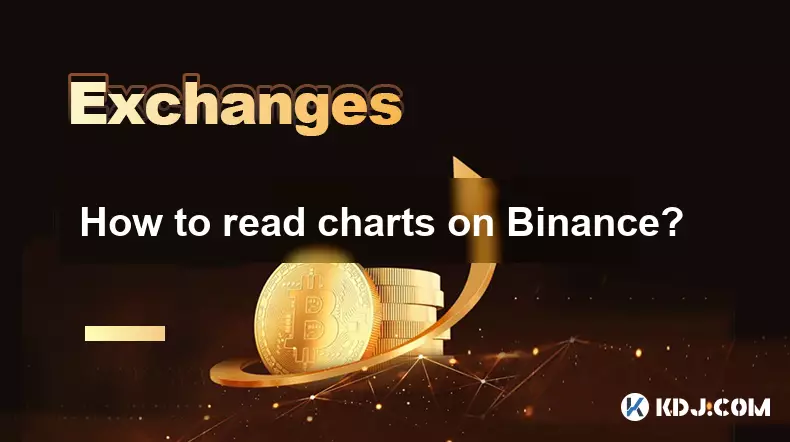
How to read charts on Binance?
Aug 29,2025 at 08:28am
Understanding Candlestick Patterns1. Each candlestick on Binance represents price movement over a specific time interval, such as one minute, five min...
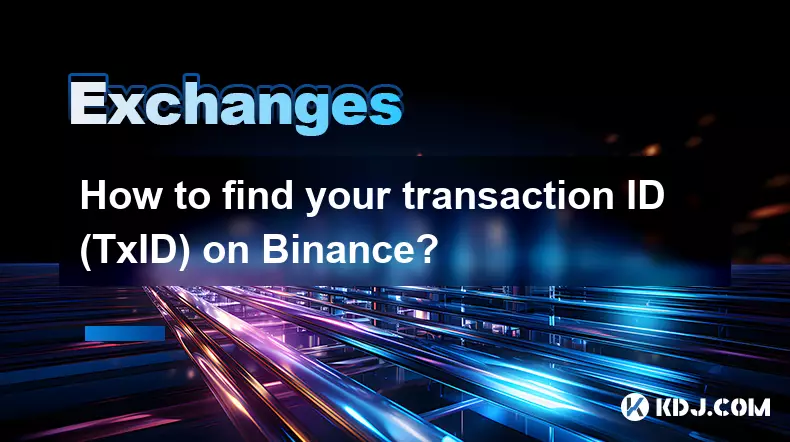
How to find your transaction ID (TxID) on Binance?
Aug 29,2025 at 08:57am
Understanding Transaction ID (TxID) in Binance1. A Transaction ID, commonly known as TxID, is a unique alphanumeric string assigned to every blockchai...
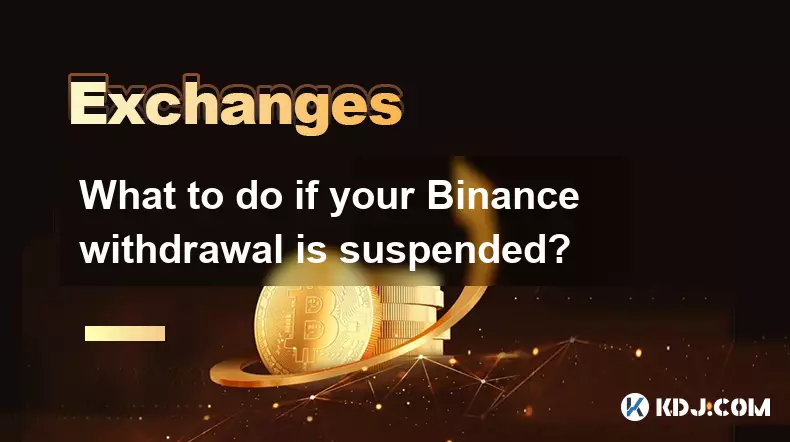
What to do if your Binance withdrawal is suspended?
Aug 29,2025 at 11:43am
Understanding Why Binance Withdrawals Get Suspended1. Binance may suspend withdrawals due to security concerns, especially if unusual login activity o...
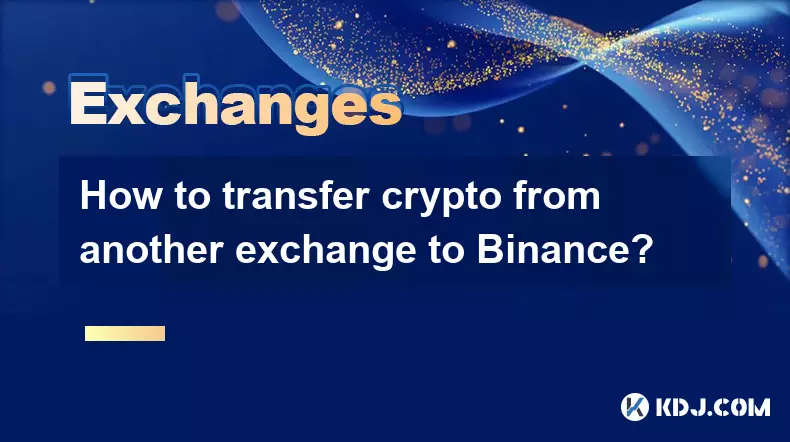
How to transfer crypto from another exchange to Binance?
Aug 29,2025 at 10:57am
Understanding the Transfer Process1. Log in to your Binance account and navigate to the 'Wallet' section. Select 'Spot Wallet' or the appropriate wall...

How to trade a new coin listing on Binance?
Aug 29,2025 at 11:14am
Understanding the Pre-Listing Phase1. Research the project thoroughly before any listing announcement. Whitepapers, team backgrounds, and community se...

What is the minimum deposit on Binance?
Aug 29,2025 at 01:01pm
Understanding Binance Deposit Requirements1. The minimum deposit on Binance varies depending on the cryptocurrency being deposited. Each digital asset...

How to read charts on Binance?
Aug 29,2025 at 08:28am
Understanding Candlestick Patterns1. Each candlestick on Binance represents price movement over a specific time interval, such as one minute, five min...

How to find your transaction ID (TxID) on Binance?
Aug 29,2025 at 08:57am
Understanding Transaction ID (TxID) in Binance1. A Transaction ID, commonly known as TxID, is a unique alphanumeric string assigned to every blockchai...

What to do if your Binance withdrawal is suspended?
Aug 29,2025 at 11:43am
Understanding Why Binance Withdrawals Get Suspended1. Binance may suspend withdrawals due to security concerns, especially if unusual login activity o...

How to transfer crypto from another exchange to Binance?
Aug 29,2025 at 10:57am
Understanding the Transfer Process1. Log in to your Binance account and navigate to the 'Wallet' section. Select 'Spot Wallet' or the appropriate wall...
See all articles


























![28 August 2025 - [Evening]Mr Mint (MNT) Zoom Call | Latest Update & Future Plans | Stepmint | 28 August 2025 - [Evening]Mr Mint (MNT) Zoom Call | Latest Update & Future Plans | Stepmint |](/uploads/2025/08/29/cryptocurrencies-news/videos/august-evening-mint-mnt-zoom-call-update-future-plans-stepmint/68b08b4c56a56_image_500_375.webp)






























































